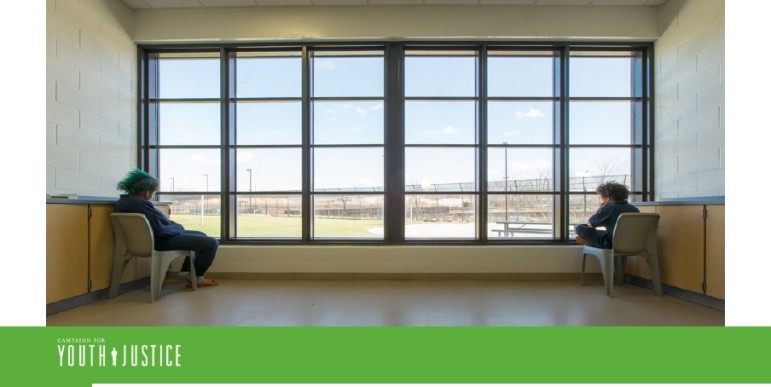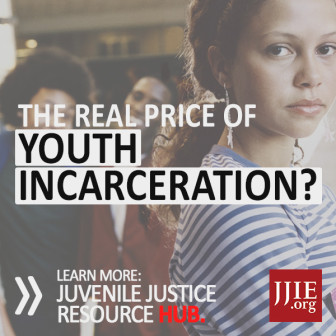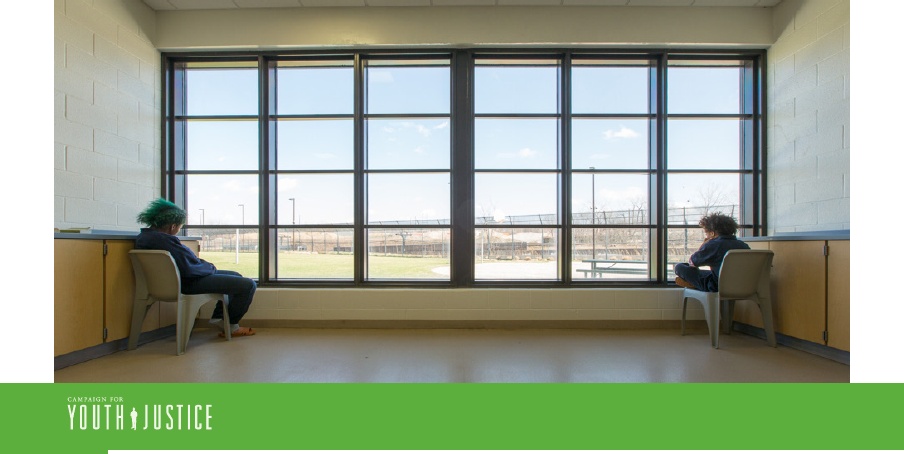
Richard Ross photo
.
WASHINGTON — Most states continue to house youth in adult prisons, putting them at risk for physical and sexual abuse, says a new report.
But as the number of youth in both juvenile and adult facilities decrease, states have the chance to end the practice of housing youth in adult facilities entirely, said the Campaign for Youth Justice in the report.
 “These populations are getting smaller and smaller and smaller, which raises the question ‘Why are we housing youth in these adult prisons?’” said Carmen Daugherty, policy director at CFYJ and author of the report.
“These populations are getting smaller and smaller and smaller, which raises the question ‘Why are we housing youth in these adult prisons?’” said Carmen Daugherty, policy director at CFYJ and author of the report.
The number of youth in the adult prison system has decreased 70 percent since 2000. On any given day at the end of 2013, states held 1,200 youth in adult prison.
Youth incarcerated with adults are likely at the highest risk for sexual abuse, according to a federal commission created by the Prison Rape Elimination Act.
Under that law, the federal government set housing separation standards designed to protect youth. They prohibit youth and adults from sharing sleeping and shower areas. When the populations do interact in common areas, states must put “sight and sound” protections in place to limit the contact youth have with adults.
As a result, some states have stopped housing any youth in adult prisons. But 37 continue to do so, often without the protections called for by the regulations, the report said.
[Related: Cluster of “Raise the Age” Reforms Could Signal Long-Term Trend]
In most cases, states say they’re working to come into full compliance but need more time. In some cases, states are trying to reconcile state laws that consider 16- and 17-year-olds adults with federal laws that set the bar at age 18, Daugherty said.
States should think about what’s best for the youth who remain in the adult system, she said. Rather than staying in an adult prison, they may be best served in a juvenile facility that’s equipped to meet their needs.
“Ideally we would like to see these kids who are in adult prisons to be placed in juvenile facilities if appropriate. Oftentimes those systems are set up to best address the needs of the most high-risk kids,” she said.
More data is needed on the youth who end up in the adult system, she said.
The report also looks at how youth of color are placed in adult prisons at higher rates than their white peers and the experiences of girls in adult prisons.
More related articles:
U.S. Should Adhere to Global Standards in How We Treat Our Youth
Should We Close All Youth Prisons and Is Now the Right Time?
